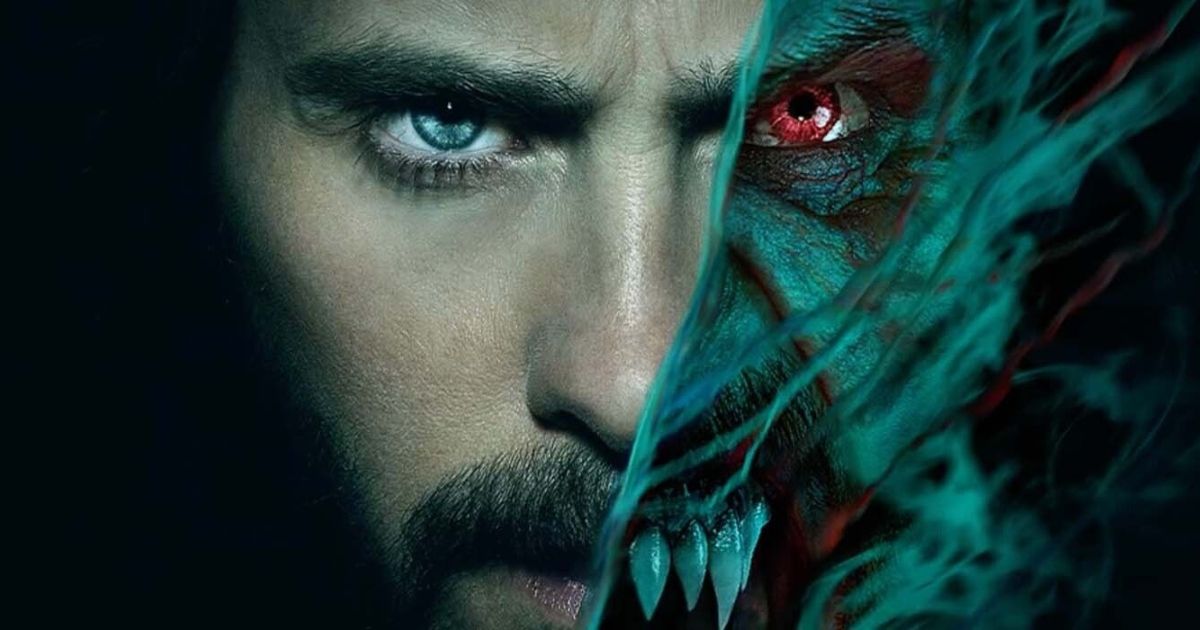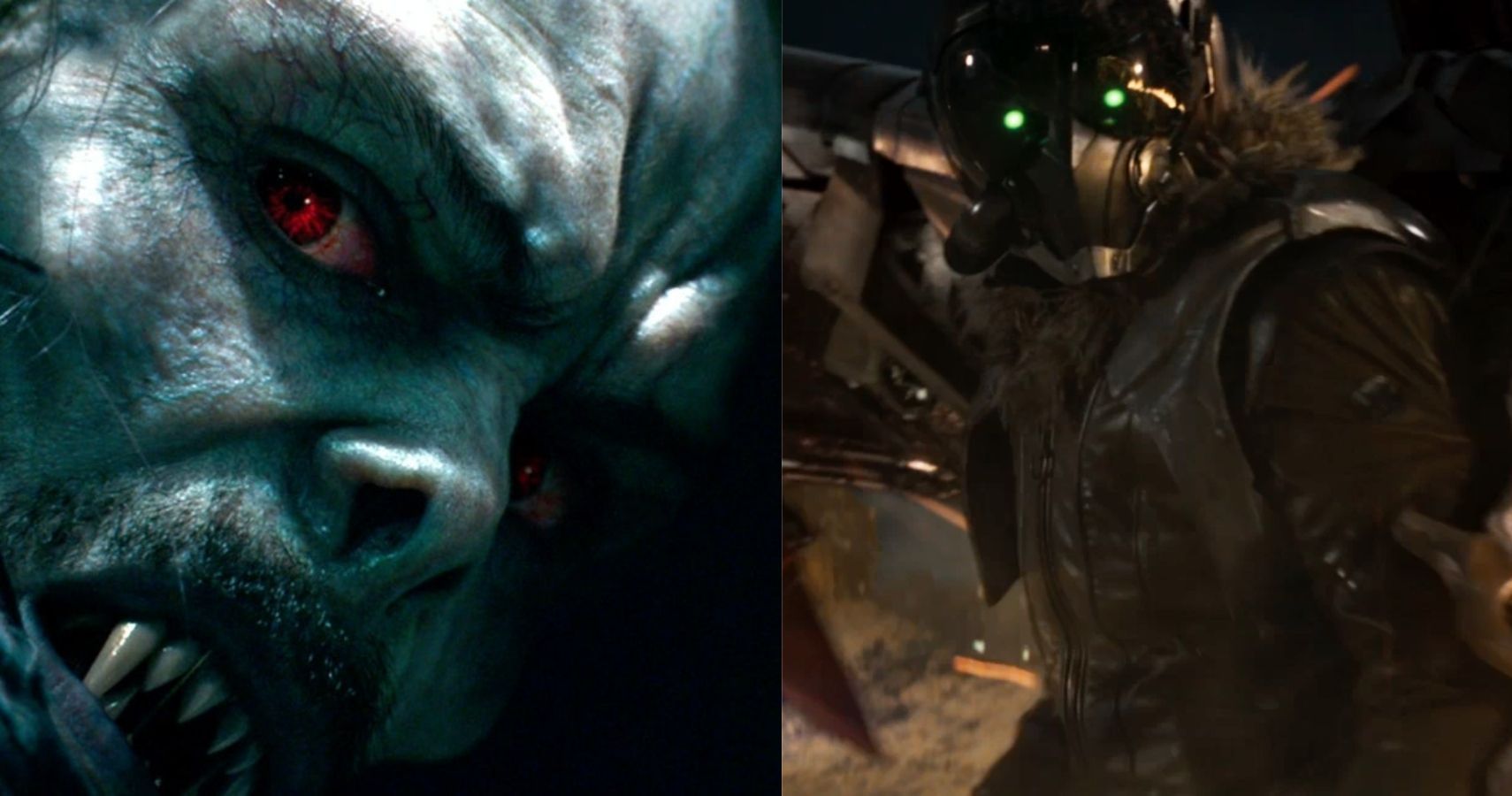This article may contain spoilers for Morbius, so read on with caution.
Sony’s latest Marvel movie Morbius arrived this weekend to a barrage of bad critic reviews and a general sense of disappointment. Whether the extended delays due to the Covid pandemic and the release of Spider-Man: No Way Home at the end of last year are responsible for creating an unwarranted hype around Jared Leto’s debut as Michael Morbius, the living vampire, or the film is just bad on its own merit is up for debate, but one thing for certain is that many people have just been left confused and unimpressed with the movie. One big bugbear seems to be the almost tacking on of Michael Keaton’s MCU character of Adrian Toomes aka Vulture, who was included in the trailer but only appears in the post-credit scenes of the movie.
Director Daniel Espinosa has recently spoken about how more scenes with Keaton’s character were included in the original plans for the film, but in the end were removed due to changes with the story and what was happening in the bigger universe. He told Variety:
"There was a moment where we were playing more with this idea that it would be more intricate of how people saw each other. When you make movies, you have all these different ideas, and then we made the decision to make it pure and put it toward the end because it's clearer. That's what people do. There's not much more, but there's always a bit on the cutting room floor. Many of those Vulture scenes were shot from the beginning. What had to be changed was the physiology of how to move between worlds."
Changes Made To Vulture’s Involvement In Morbius Was Directly Linked to MCU Events
While the multiverse is a complex and tricky place to negotiate in the Marvel Universe, having come characters sitting entirely outside the MCU only serves to make it sometimes seem even more convoluted when it comes to Sony’s attempts to align their Spider-Man Universe with what Marvel Studios is putting together so well. However, according to Espinosa, the multiverse crossovers that have been seen in the MCU were down to Sony and that has changed certain things. He continued:
"The idea of moving between worlds was invented by Sony, not by the MCU. They did it and then I had to adjust. That's the thing with the Marvel universe, in the comic books it's always expanding. There are rules you're slowly setting up together, but the creators are different. The whole idea of the Marvel universe is you have to create the collaboration so they function together. If you have Chris Claremont who's working on X-Men and he spoke to Steve Ditko, there are clearly different perspectives, and if J. Michael Straczynski gets involved, they have to collaborate to make those rules."
It is likely that Marvel Studios could have a different take on that, considering the multiverse is something they have been teasing for a long time now, and while the appearances of certain characters has required an agreement to be reached with Sony, there are many other characters crossing dimensions in the MCU. The main issue that most people have had with Vulture’s surprise arrival in Sony’s universe is that the spell used by Doctor Strange in Spider-Man: No Way Home was pretty specific in delivering characters into the MCU and then later returning them to their own world.
How Toomes is an exception to this is not explained at all in Morbius. There could potentially be an explanation coming in Doctor Strange in the Multiverse of Madness, which will see the breaking of reality in other ways, then perhaps things will make a little more sense although its best not to hold your breath for that.


